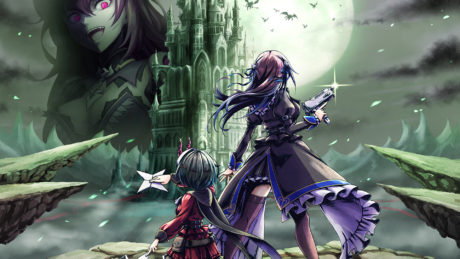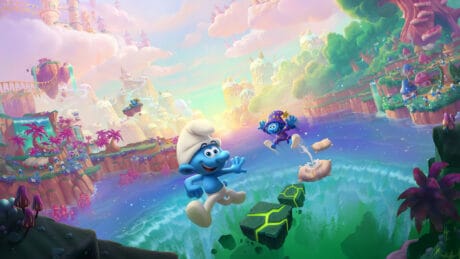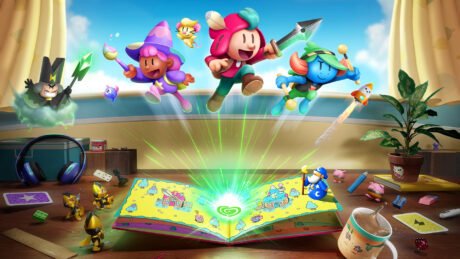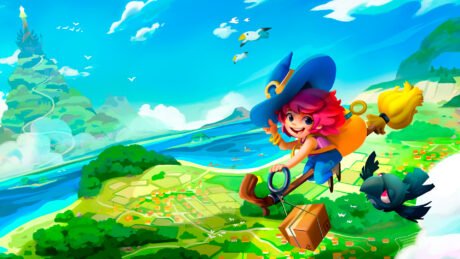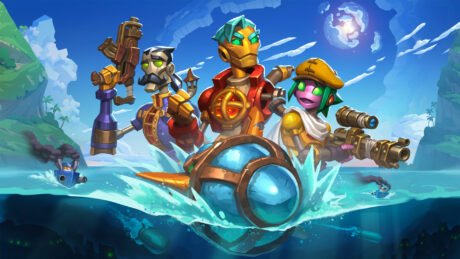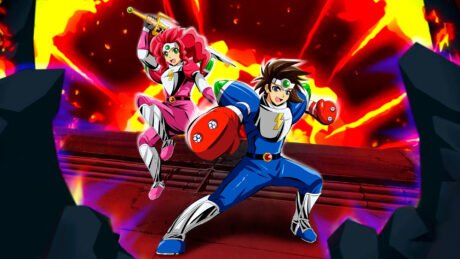Purrr....
- Multiple endings
- Characters
- Gallery
- DLC included
Hisss!
- No graphical updates
- Rail shooting can be frustrating
- Touch screen only works on menu items
Platform
Switch, PlayStation 4, Vita, PCPublisher
PQubeDeveloper
Inti CreatesSeries
Gal*GunGenre
Action, Arcade, ShooterPlayers
1File Size (Minimum)
4 GBRelease Date (NA)
Aug 2, 2016Release Date (JP)
Aug 6, 2015Gal*Gun: Double Peace is the sequel to Gal*Gun Returns, the remastered version of the original Gal*Gun. Double Peace was originally released on the PlayStation 4 and PlayStation Vita in August 2016 and is now available on the Nintendo Switch. It’s fitting for this title to be released on Nintendo’s hybrid console a year after Gal*Gun Returns. Those who enjoy waifus (cute anime girls) will surely enjoy this arcade-style rail shooter.
The “Complete” Love Story
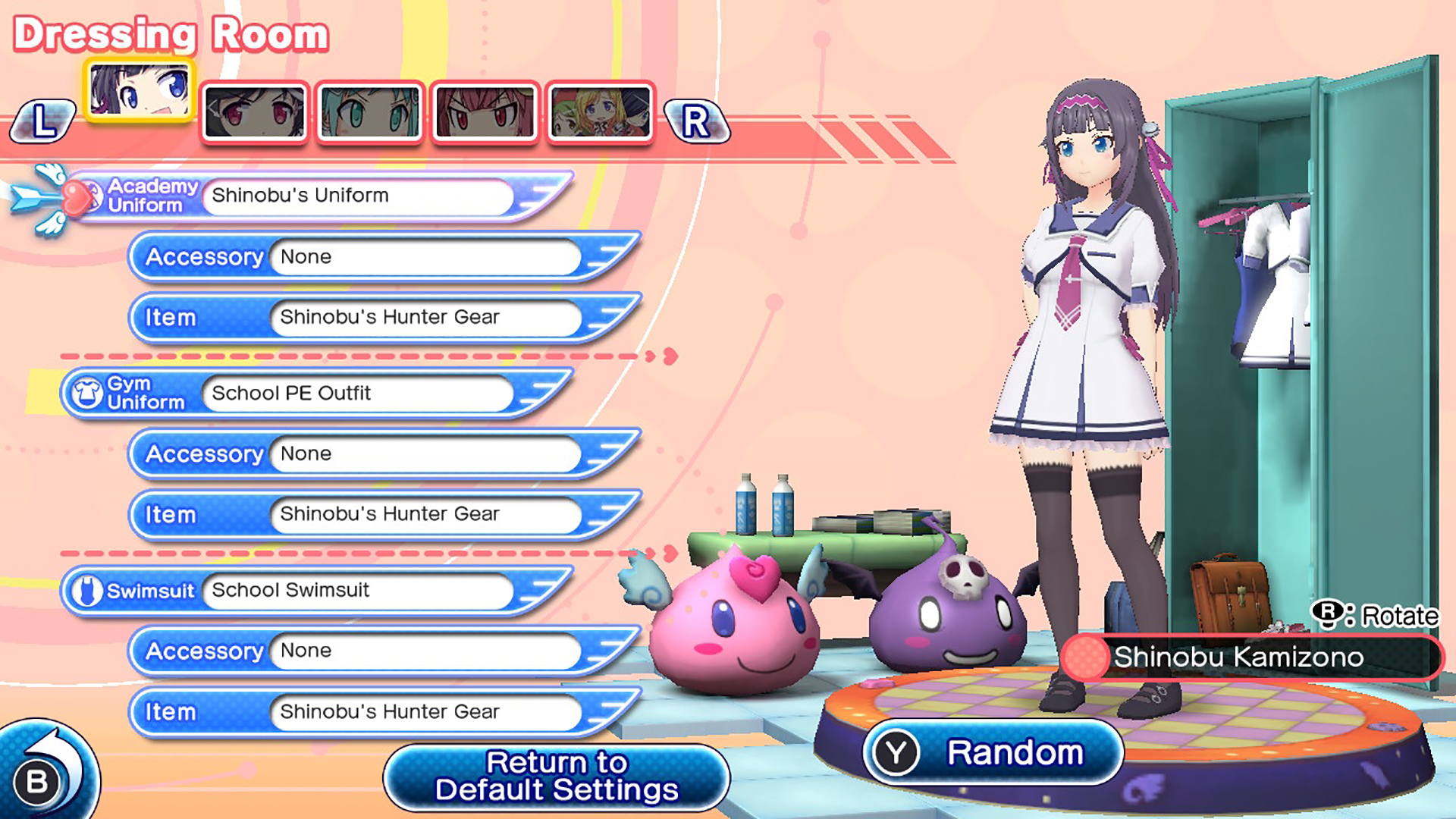
Those who enjoyed the first entry of the rail shooter or are coming back for a second dose since the PlayStation release will be glad to know that the Switch version includes all the original DLC and costumes from the original Gal*Gun Double Peace. You could say this is the “complete” version.
Like the other Gal*Gun games, there are multiple endings available where you’ll see which girl the protagonist ends up with. Securing a different ending path will depend on a few scenarios, such as who you want to fall in love with as well as the multiple choice questions. The answers to those questions will determine how much affection increases for the character you desire. Every question counts, so if you miss one, you’ll want to restart or create a new game to get that 100% affection—and obtain the “true” ending. It’ll take some work to see every ending and path, but if you are a completionist, Gal*Gun: Double Peace has you covered. Also, you cannot revisit levels in story mode, which is a bummer if you’re looking to buy every item in the game’s store.
Unlike Gal*Gun 2, Gal*Gun: Double Peace has extra content outside the story mode. For example, score attack, a collection of character data, a gallery, and a dressing room to view and change costumes on your favorite character.
The game’s character data gives visuals, measurements, weak spots, and more for each girl you encounter in the game. Your character data records personal records in the game that you can track after playing but, unfortunately, cannot share with others through the game. Every cutscene is added to the game’s gallery, but to unlock all of these illustrations, you’ll have to play the game multiple times.
While there’s plenty of content to go through, there has been no graphical update since its original 2016 release. When docking the Switch to a TV, the game looks pixelated with rough-looking character outlines. However, when undocked, those rough edges smooth out, as if the game was geared more towards handheld mode. In addition, playing on the Switch’s OLED screen certainly brings out the vibrancy of the game’s colors. The touch screen only works on the game’s main menu; it’s disabled everywhere else, and that’s a bummer. It would have required more development work to have a full touch mode but could’ve been a fresh take on the game.
Put Your Heart Into It

The game’s premise is straightforward. After getting hit with an overdose of cupid shot from Ekoro, a student cupid angel, every female you encounter falls madly in love with you. While that may sound like a dream come true for many, if you don’t find your true love by sunset, you’ll be alone forever. Hence, you’ll be prompted to choose which character(s) with which to have a serious relationship. However, it’s not that easy when you’re constantly being chased around the school campus. You’ll use the same weapon Ekoro uses, which shoots pheromone shots, to calm down the affected characters.
Double Peace is a first-person rail shooter with a scope target that is movable only by the game’s analog sticks. It’s similar to House of the Dead and Star Fox 64. The movement feels stiff and achieving those hard-to-reach spots requires zooming in. However, the game doesn’t give you much time to prepare and quickly moves on to the next scene, which is frustrating. Revisiting the level in score attack mode doesn’t make it any less annoying either.

As you journey through the game, you’ll fill a gauge that lets you go into Doki Doki Mode, a mini-game where you have a one-on-one interaction with female characters. To complete it, you will move the cursor around the girls’ bodies and touch them in order to fill a gauge. Broken purple hearts decrease the gauge and completed hearts increase it. The bigger the heart, the better, but the camera will move automatically, making it challenging to fill their gauge to the max. The more you interact with that specific character, the more they open up to you.
At first, the game doesn’t offer you all the camera modes and doesn’t indicate it well enough through the game’s user interface. To earn them, you’ll have to use the game’s currency to purchase camera modes in the game’s shop. Having them will make it easier to complete Doki Doki mode.
Once you fill their hearts to the maximum, you’ve succeeded in winning their heart, earning you extra data on those characters and possibly one of your true loves, if that’s the route you chose to take. Doki Doki Mode is definitely a lewd scenario, so you’ll want to make sure you aren’t around others who will give you that look. Then again, the entire game is that way.
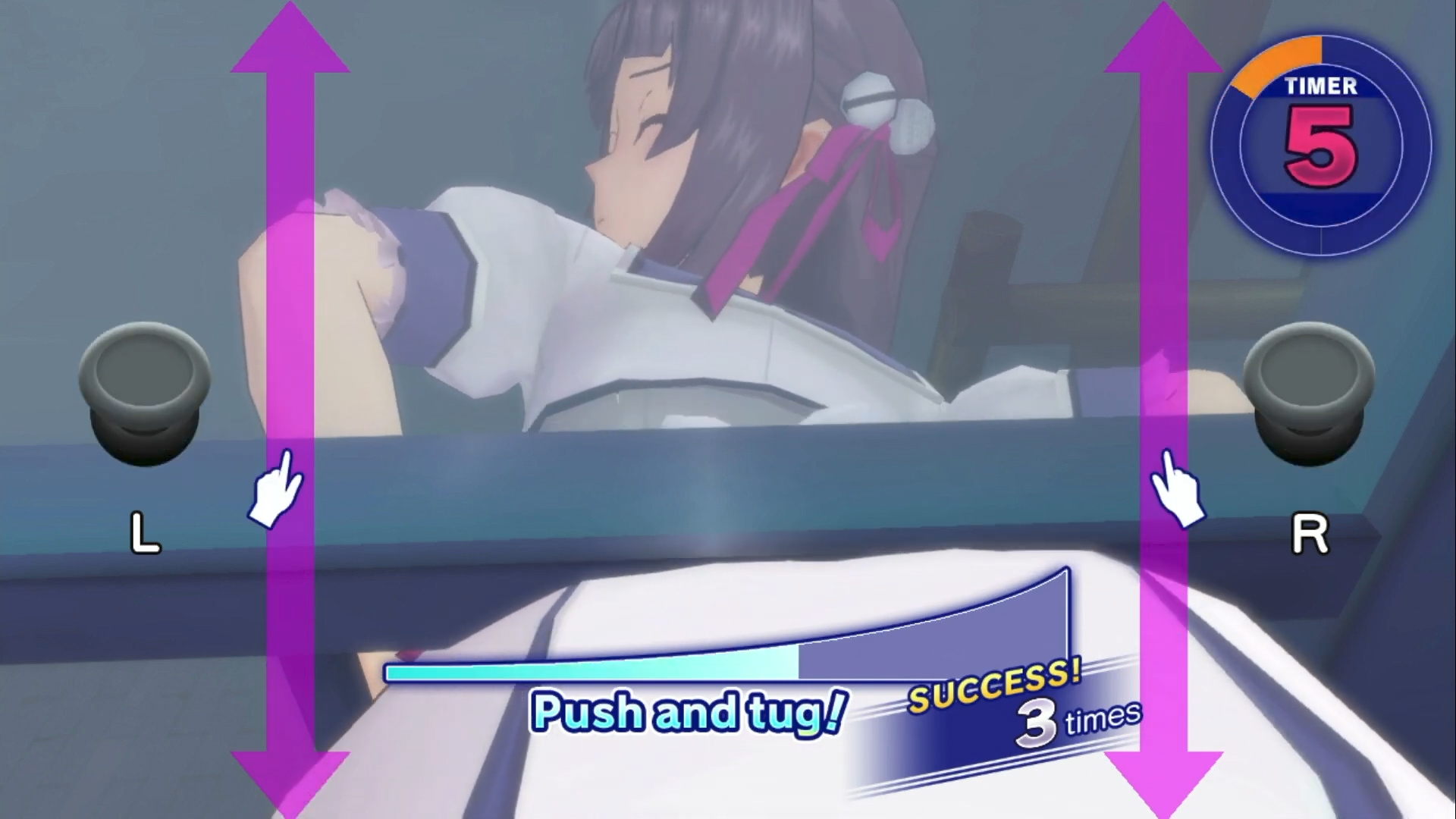
As you play, you’ll encounter multiple boss-like stages that require more attention than just shooting pheromone shots. You’ll have to zoom in and aim at specific areas to fill your target’s gauge. Once you do, the scene will change to a new activity that’ll require different moves, such as moving your analog stick in different directions. Lewd scenes turn up the notch during these scenarios. For example, in one scenario, you are trying to help your potential lover who’s stuck in a window sill. To help get her out of this tight situation, you’ll move behind her and thrust your analog sticks back and forth.
Love Them All!
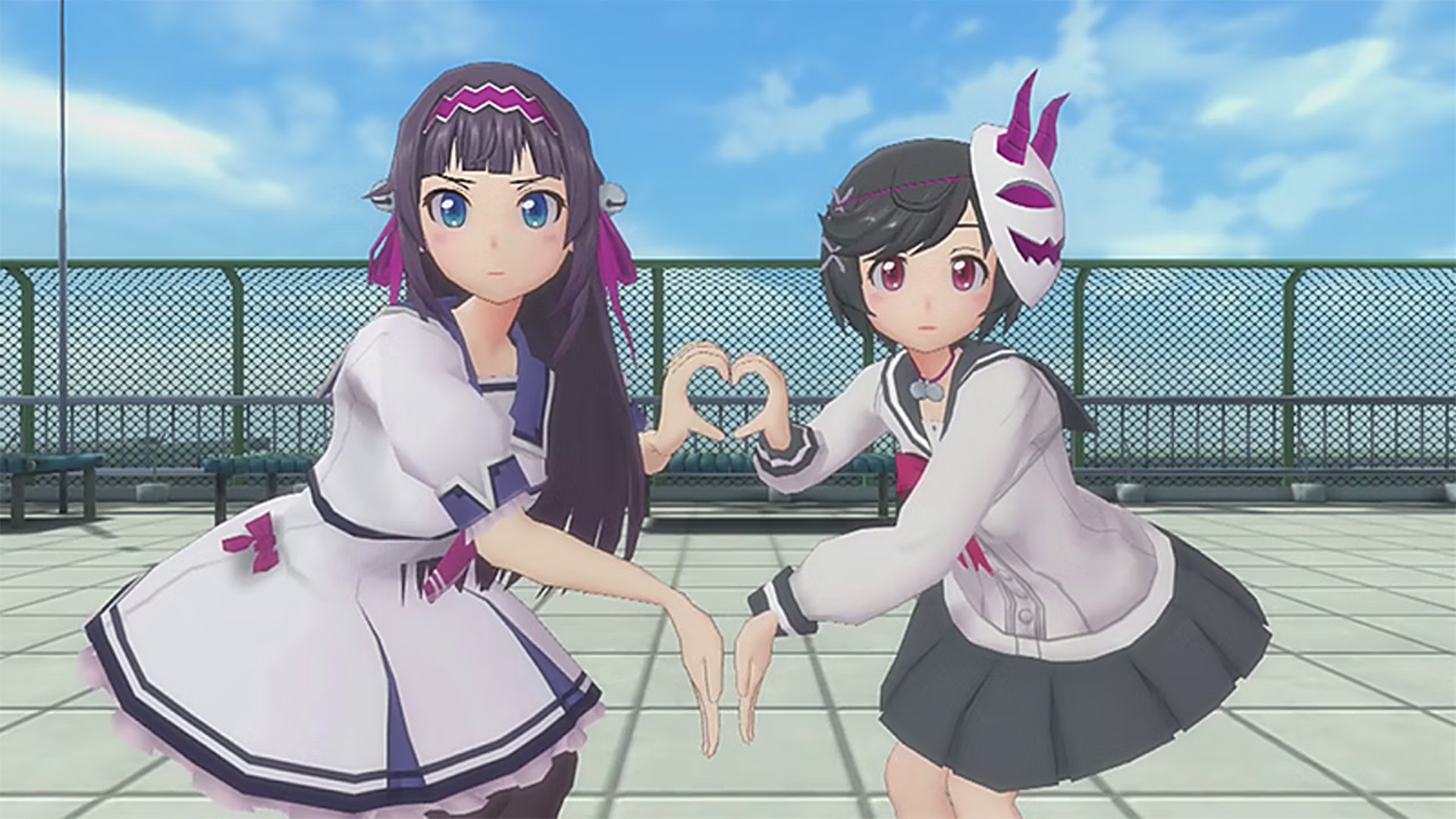
The personalities of the game’s main characters are uniquely different. Shinobu’s defiance of her interest in you and being an overprotective big sister makes her interesting as she opens up with her feelings later in the game. In contrast, her sister, Maya, is quiet and shy. The characters’ colorful and well-designed illustrations help make them come to life even more. It’s a good thing the game offers players the option to create a love interest with these characters.
Visually, each level, the majority of the settings being held on school grounds, feel pretty flat and generic. The game feels dated, but those who enjoy rail shooters will ignore the backdrops as their attention will be somewhere else. The game’s soundtrack is generic and at times feels flat. Either there’s not enough energy or there’s a lack of depth in terms of instruments. Since the soundtrack is short, most levels end up using the same track.
The Final Showdown
Gal*Gun Double Peace, despite the overflow of lewdness and some frustrating rail shooting, has a nice set of interesting characters and multiple endings that offer a decent amount of replay value. It’s also just a fun little guilty pleasure, so take aim and find your true love.
A Nintendo Switch review code was provided for this review and gameplay footage.


